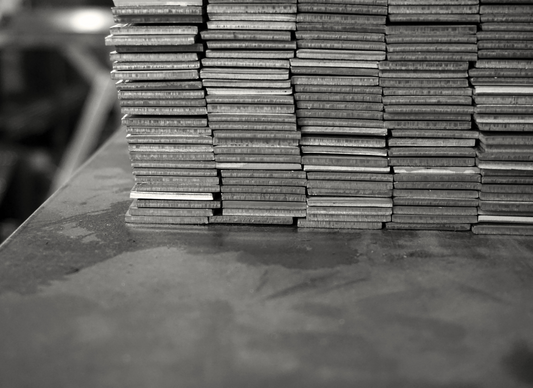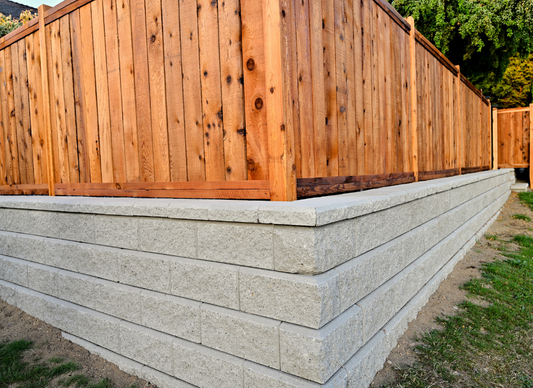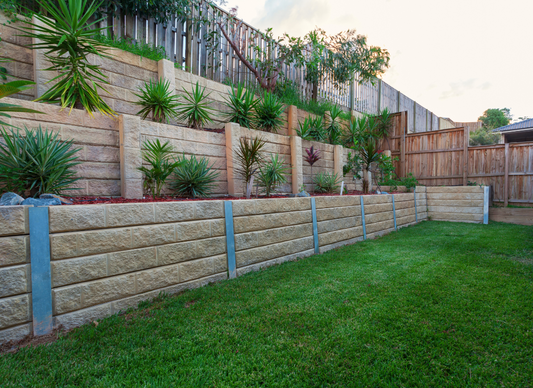Retaining walls are essential for numerous landscaping endeavours, as they secure the earth to establish even spaces for leisure.
Choosing the perfect type involves assessing specific site requirements and attributes, given the wide array of design and material choices available.
For homeowners embarking on projects like creating a small garden wall or undertaking major retaining wall construction, this guide will provide valuable insights into different materials and considerations in wall design. Additionally, it offers useful pointers for selecting the suitable retaining wall.
What are Retaining Walls?
Retaining wall Post are vertical or nearly vertical structures designed to hold back soil and prevent erosion, slippage, or collapse. These walls offer stability and support to the surrounding land when the natural angle of repose of the soil is surpassed, preventing it from collapsing on its own.
Because retaining walls may experience considerable pressure from soil or water behind them, careful planning is essential during construction. This ensures that they can withstand such pressure and avoid potential types of failure like:
- When a specific section of the wall exceeds its ability to resist lateral earth pressure.
- The wall fails when subjected to loads beyond its capacity.
- Insufficient friction at the base could lead to slipping and collapse.
- Structural components failing within or used in constructing the retaining wall result in internal failure.
Tips to Choose the Right Retaining Wall
1. Consider the Material to Be Used
A wide variety of materials can be used to build retaining walls, such as traditional concrete interlocking walls and concrete sleepers that offer diverse design options. Interlocking retaining walls and concrete sleepers are ideal for DIY projects due to their ease of installation.
If you prefer using concrete blocks, it's advisable to enlist the help of a professional. While they are space-efficient, installing concrete sleepers may also necessitate professional assistance based on the wall's height.
2. Be Familiar With Building Codes and Height Limitations
Building regulations and limits on height could impact the materials you choose and the planning of your retaining wall.
A retaining structure may be constructed to exceed ten feet in height, depending on the scope of your project. Prior to commencing construction, it is advisable to review the building regulations applicable in your area to prevent any potential obstacles.
It's advisable to seek advice from an expert for retaining walls taller than 600mm or for intricate designs. To achieve a sophisticated and polished look, consider the height of your vegetation in relation to the retaining wall design.
3. Choose Your Material and Budget
It's best to choose a material colour that works well with your paving and other outdoor finishes for a cohesive look. Another option is to introduce contrast for an impactful design element in your exterior space.
There are various colour choices on the market, catering to different styles - from sleek white blocks to textured sandy hues or deep charcoal shades. Try matching the retaining wall finish with your home's exterior walls as an alternative approach.
Every kind of material has benefits and drawbacks. Finding a balance between your budget and the materials' endurance is ultimately crucial. If you can, try to increase your investment to build a more durable construction.
4. Plan For Water Drainage
One often overlooked element that can cause retaining walls to crumble is inadequate drainage. Proper drainage is essential for retaining walls to avoid moisture-related damage or decay. Water or soil moisture can put a lot of pressure on your retaining walls and negatively affect their longevity, which could lead to project failure.
Even though precast concrete retaining walls may withstand water better, they still require an effective drainage system to maintain their structural integrity. This could involve various methods such as different types of soil fill, gravel-lined beds, drainage pipes, or even an engineered drainage system for larger projects.
In order to ensure proper water drainage, the retaining wall's base should be covered with gravel and cloth. It's important to consider your local climate while choosing plants; tropical regions require flora that can thrive in moist, rainy environments.
Conclusion
When selecting a retaining wall, take into account the visual appeal you desire, the configuration of the wall (straight, curved, etc.), your land's slope, whether curves need to be accommodated in the wall's design, and your landscape's drainage requirements.
Each kind of wall has its own advantages and disadvantages in these aspects, so evaluate your specific needs and seek advice from an expert if needed.
Keep in mind that choosing the appropriate retaining wall can improve both the attractiveness and utility of your landscape for many years.




